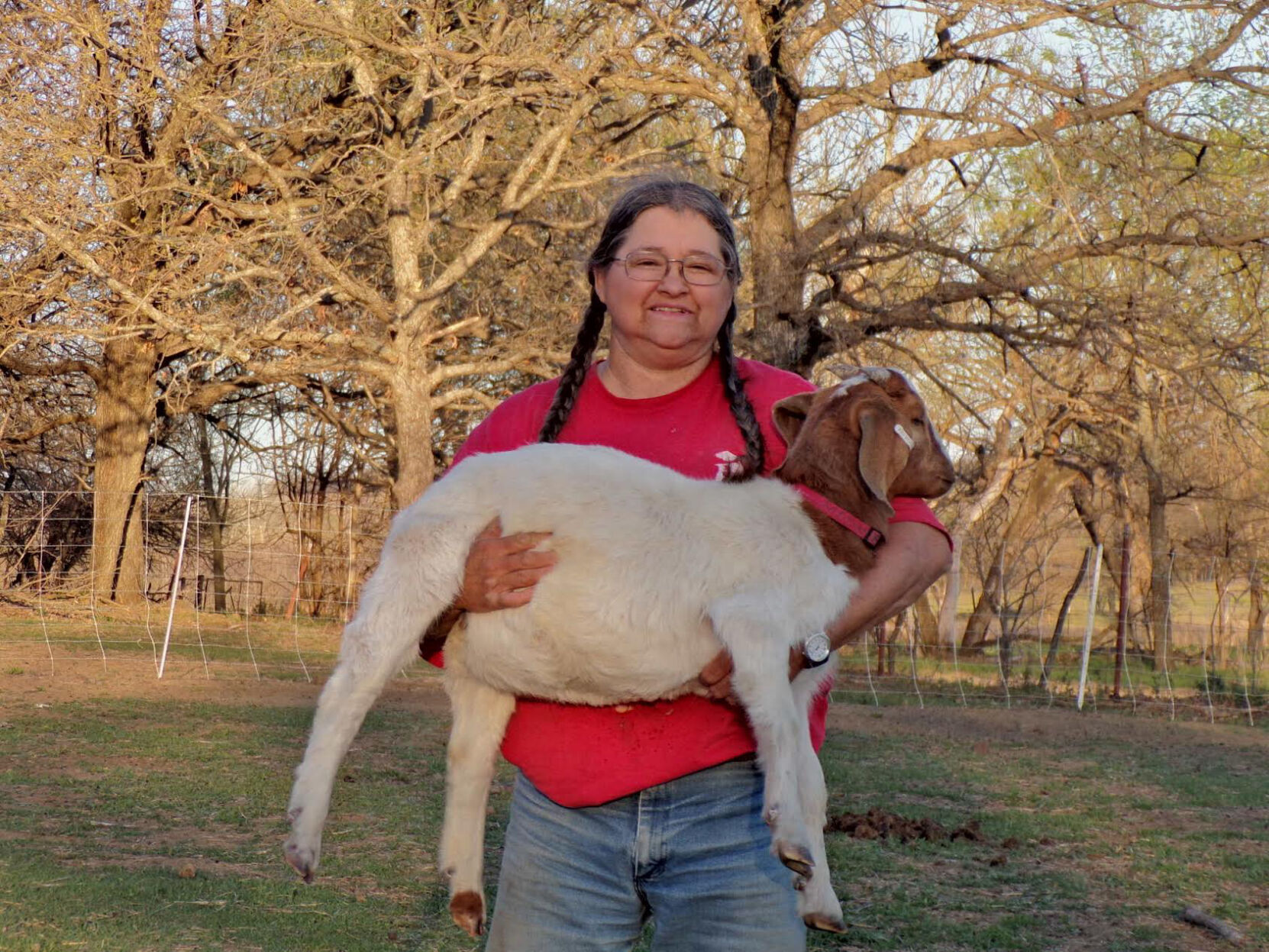Drastic measures can benefit operation

Extreme times may justify drastic changes, such as pivoting from cattle to sheep or goats, or reducing the bovines and replacing them with other “flexibility animals.”

Markets are growing for those animals as the palates of increasing ethnic cultures in the United States favor those meats, said Justin Derner, a supervisory research rangeland management specialist for the U.S. Department of Agriculture-Agricultural Research Service based in Cheyenne, Wyoming.
“On the Front Range of Colorado, there is a marked increase in demand for goat and sheep meat, from changing population dynamics,” he said. “Combine this with the ability of these small ruminants to graze invasive and brush or woody plants (and) provide economic opportunities for producers.”
Some producers have developed custom grazing operations where they move their sheep or goats to different ranches and to control the invasive and brush or woody species, Derner added.
“This is an example of creativity by producers to develop opportunities to generate additional income,” he said. “Essentially, you get two wins with the reduction of unwanted species, and economic benefits through additional income.”
“Looking through a Kansas history book a few months ago, I noticed we used to have a lot of sheep,” said Sam Hands, of Triangle H, a 10,000-acre farming and ranching business in southern Finney County, Kansas.
“In the last 70 years, we have seen some changes,” he said, among them transitioning from small dairies to huge commercial cattle feedlots, and now large dairies in southwest Kansas.
“Now we’re importing corn, and there is concern that we don’t have enough forage,” Hands said.
Nothing seems to stand still for long, he said.
“Demand changes with the influx of other populations,” Hands said.
Vaughn Isaacson, leader of a family farm and ranch in southern Saline County, says flexibility is important and he wouldn’t totally rule out tweaking his operation.
“When I was a kid, Dad did have sheep for awhile, because there were opportunities,” he said. “Now you’d have to get set up for that dramatic change.”
Out-of-the-box thinking
Examples of those invasive plants that prove tasty to sheep and goats are cheat grass, Dalmatian Toadflax, and Leafy spurge.
“If there is an increase in brush or woody plants, goats would be good for that,” Derner said.
Mary Powell can attest.
Her Barnyard Weed Warriors business got its start during May 2016 in Lincoln County, Kansas, and has since expanded to Elk County, Kansas.
Using her degree in livestock production management from Kansas State University, she raises goats to sell, and also hires them out to rid properties of unwanted plants and undergrowth. Herds of goats and sheep in western states are used to rid land of plant matter to deter the spread of wildfires by grazing and creating fire breaks.
“You can run goats with cattle. The goats will eat the weeds up and that leaves room for the grass to grow,” Powell said. “I know everybody’s screaming about climate changes. These animals are adapted for diverse weather. Cattle can handle extreme cold, but only moderate heat. Humidity is hard on any animals. Goats are tolerant of higher temperatures, but they have issues with worms.”
Tim Unruh can be reached at [email protected].



